
Many of the organizations mentioned often in the pages of The Cooperator are extremely high-profile; constantly seeking new members, holding seminars and social events, meeting with city and state legislators, and holding outreach programs for the public.
The New York Energy Consumers Council (NYECC), however, is more low-key. The organization does hold seminars and member events, but its membership list is more exclusive. The NYECC represents some of the largest property owners in New York City, and its main mission has been to represent these large energy users in rate negotiations before the Public Service Commission (PSC).
The NYECC is also active in related issues, such as emissions regulations, electric-demand response programs, sales taxes for delivery of natural gas and power (the organization’s efforts were instrumental in mitigating these taxes), economic development incentive rates, rebates for energy-efficient technologies, and more.
Advocacy Since 1953
According to NYECC’s Executive Director David Bomke, the organization is descended from two earlier groups. One, the Owners’ Committee on Electric rates, was founded in 1953. This organization had a record of successful regulatory intervention. The other, the New York Energy Buyers’ Forum, was founded in 1992. Its mission was education, regulatory intervention and member representation. The two organizations consolidated in 2004 to form what is now the NYECC.
Before these organizations were formed, says Bomke, the utilities’ interests were heard by the PSC; the small consumers were represented by the state’s Consumer Protection Board, which is still active. However, large energy buyers didn’t have a voice of their own. Both predecessor organizations, he says, had as their mission “ensuring that [members’] voices be heard.”
According to the NYECC’s website (www.nyecc.com), among the group’s current officers and directors are representatives of such well-known entities as Vornado Realty Trust, New York Presbyterian Hospital, the New York Power Authority (which supplies low-cost power to city and state buildings), Columbia University, Trinity Church, NYU Medical Center, and the Real Estate Board of New York.
Also involved, says Bomke, are “A number of large [real estate-owning] families such as the Rudins and the Dursts.” NYECC’s members, Bomke continues, can include “any organization that purchases a lot of electricity, natural gas, or steam.”
While most of these entities are not residential building managers or owners per se, some are large developers or managers who handle a mix of properties—including residential ones. A very large development like Co-op City or Stuyvesant Town faces many of the same energy concerns as large hospitals, universities or shopping complexes, and thus can benefit from NYECC’s mission.
Bomke sees the organization as doing a service for large entities when negotiations with the PSC, the Federal Energy Regulatory Commission (FERC), Con Edison, the New York Independent System Operator (NYISO) or the New York Energy Research and Development Authority (NYSERDA) are underway.
Before we go any further, here’s a quick primer for non-energy types about some of the organizations NYECC works with:
NYSERDA focuses on research and development with the goal of reducing energy consumption, and works with building owners and others with this in mind.
FERC, among other things, regulates the transmission and sale of natural gas, oil and electricity, approves the siting of natural gas facilities, ensures the reliability of the high-voltage interstate transmission system, and monitors energy markets.
The NYISO operates the state’s bulk electricity grid, administers the state’s wholesale electricity markets—a byproduct of deregulation, whereby a large user can buy electricity from an independent power producer and have it transmitted by Con Ed—and provides planning for the state’s bulk electricity system.
And the PSC regulates the state’s electric, gas, steam, telecommunications and water utilities as well as the cable industry.
Rather than each large organization having to represent itself with its own attorney, says Bomke, they can be part of NYECC, which then sends himself and an attorney to advocate on their behalf. “If you’re not at the table,” Bomke said about these important negoatiations, “you may find yourself on the menu.”
It’s not only dollars-and-cents issues that present themselves during rate negotiations, Bomke continues. Everything and anything can come up, including environmental issues, reliability of power delivery, customer safety, power quality and more—even pet safety (a hot topic, no pun intended, after a couple of dogs were electrocuted by “stray current” running through manhole covers and utility plates on the street). The 2003 Con Edison blackout and the 2006 partial blackout in Queens brought many of these issues to the public eye.
Negotiations can involve any number of entities as well. In some cases—such as debates over rate changes—the City of New York may even sign on as an interested party. When environmental issues are involved, the National Resource Defense Council might also sign on.
Long Term Agreements and Recent Issues
In the overall matter of Con Ed electric rate agreements, says Bomke, “For about 20 years, negotiations resulted in three-year rate agreements, but not for the past three years.” More recently, he says, the giant utility “has asked for an increase, has gotten a lesser increase than it has asked for, then has tried again. They have asked in May 2007, May 2008 and May 2009. A rate case typically lasts until the next one starts.” The volatility of the market nowadays, he says, is one force working against a long-term agreement now.
As for the matter of steam, some people may not be aware of it (hopefully, the readers of The Cooperator are), but Con Edison, in addition to providing electricity and gas, also provides steam to about 1,800 customers, many of which are residential buildings below 96th Street in Manhattan. The Con Ed steam system is not unique, but it is the largest in the U.S—“larger than the next 10 steam systems combined.”
Still, when large users leave the steam loop, says Bomke, Con Ed will seek to raise the rates to make up for the loss—meaning all in all, NYECC has its work cut out for itself. Bomke also outlines some of the current issues NYECC is involved with and some of the developments in the industry.
Since the deregulation of electricity in the 1990s, many large users buy power from a variety of sources—some from different independent producers, some directly from Con Ed. But they all [at least all in Manhattan—gas customers in Brooklyn and Queens pay National Grid] get their gas, electricity and steam from Con Ed, because Con Ed controls the delivery points.
“Any organization that purchases a lot of electricity, natural gas or steam in New York City or Westchester has to pay the utility for it,” Bomke emphasizes.
One possible problem for large energy consumers came last April, when the state sought to raise the 18-A assessment. Money raised by this assessment has traditionally been a third of one percent, but the state wanted to increase it to two percent. The state also sought to levy the assessment on third-party purchases (or purchases from independent power producers).
In effect, says Bomke, this meant that large users would have to pay the assessment twice—one for Con Edison, which provides the transmission, and a second time for the deal with the purchaser itself. However, he adds, the law was modified—thanks, in part, to the efforts of NYECC.
Interestingly, the 18-A assessment was one issue in which NYECC did reach out to elected officials, although usually it deals mainly with the regulatory agencies and personnel.
Another issue the organization is involved in is trying to persuade the state Department of Energy Conservation (DEC) to allow utilities to turn on their emergency generators when a power blackout or brownout is looming. Currently, Bomke says, utilities can turn on their emergency generators only after a problem ensues.
Still, Bomke praises Con Edison in many ways. For example, he says, the giant electric utility has a very low incidence of customer outages (the Astoria mini-blackout notwithstanding). That’s because the utility has a “double redundancy,” with multiple feeders going into each local network. So if one or even two fail, no one will notice. By contrast, in some upstate locations, only one feeder line goes into each local network.
“In our relationship with Con Edison,” he says, “we’re advocates, not adversarial.”
Another actor in today’s energy world—one that has grown more and more—is cogeneration, or the dual production of steam and electricity by an energy-generating plant, usually gas-fired. “Cogeneration is a valuable strategy, one that results in maximum energy savings, and is valued by customers,” says Bomke.
Large energy users in the New York City area with their own cogeneration plants include hospitals, universities, some large residential complexes (including the one in which this writer lives, which had uninterrupted electric power throughout the 2003 blackout), the Brooklyn Navy Yard industrial park, and even The New York Times brand-new corporate headquarters.
But, says Bomke, most users with their own cogeneration plants are still connected to the Con Edison electric grid. “Cogeneration is usually designed to meet the baseload, and [the users] then require an external supply for greater than peak load.”
NYECC has an online newsletter and holds seminars for its members. Among the topics of recent seminars were energy budgeting, energy rebates, how to foster leadership, new energy-efficient technologies, distributed generation and real-time pricing.
Each year, the organization holds a ceremony for its Energy New York Awards (ENYA). This year’s ceremony was held in April at the Visionaire “green” condo development in Battery Park City. The three winners for 2009 were Russell Albanese of Albanese Development (developer of the Visionaire); Brian Schwagerl, Hearst’s VP of real estate and facilities and the executive ultimately responsible for the new Hearst Building; and Joe Ienuso, executive VP for facilities at Columbia University. Under Ienuso’s leadership, Columbia has engaged in many initiatives to conserve energy and reduce greenhouse gas emissions, such as the establishment of green roofs, the use of hybrid vehicles and the utilization of geothermal energy.
For more information about the New York Energy Consumers Council, log on to www.nyecc.com.
Raanan Geberer is a freelance writer and editor living in New York City.



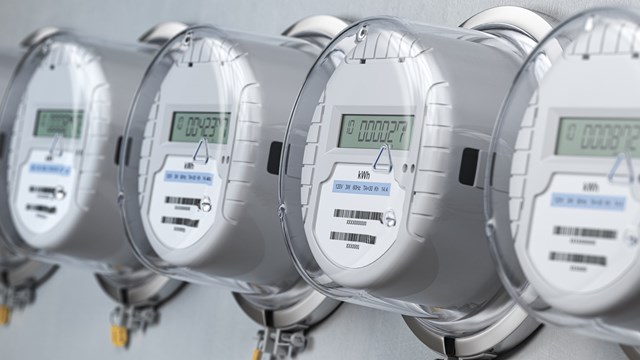
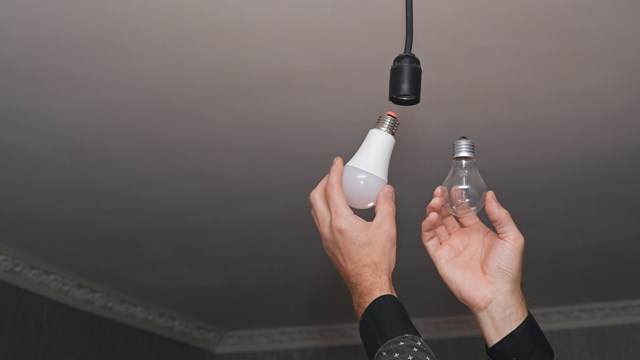

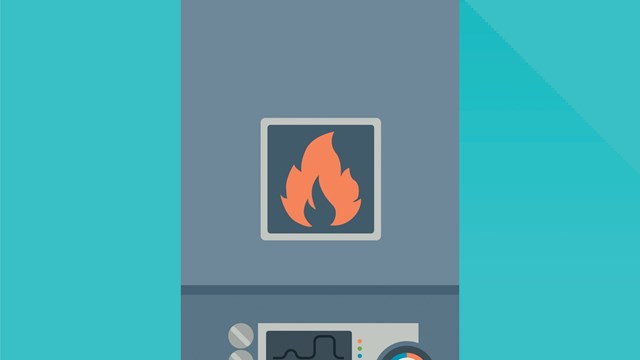
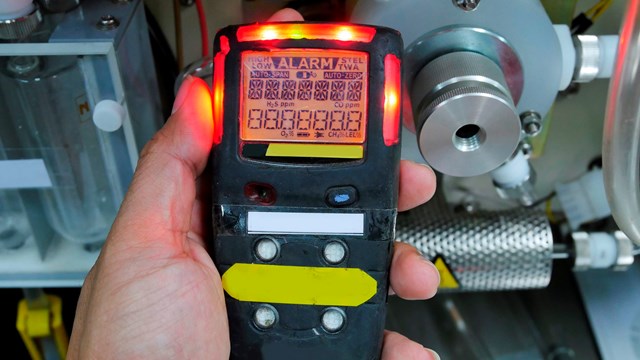
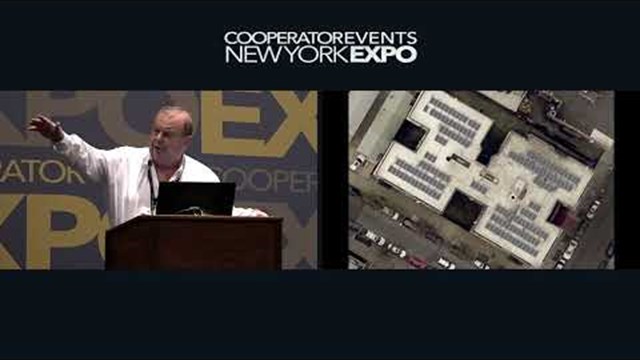
Leave a Comment